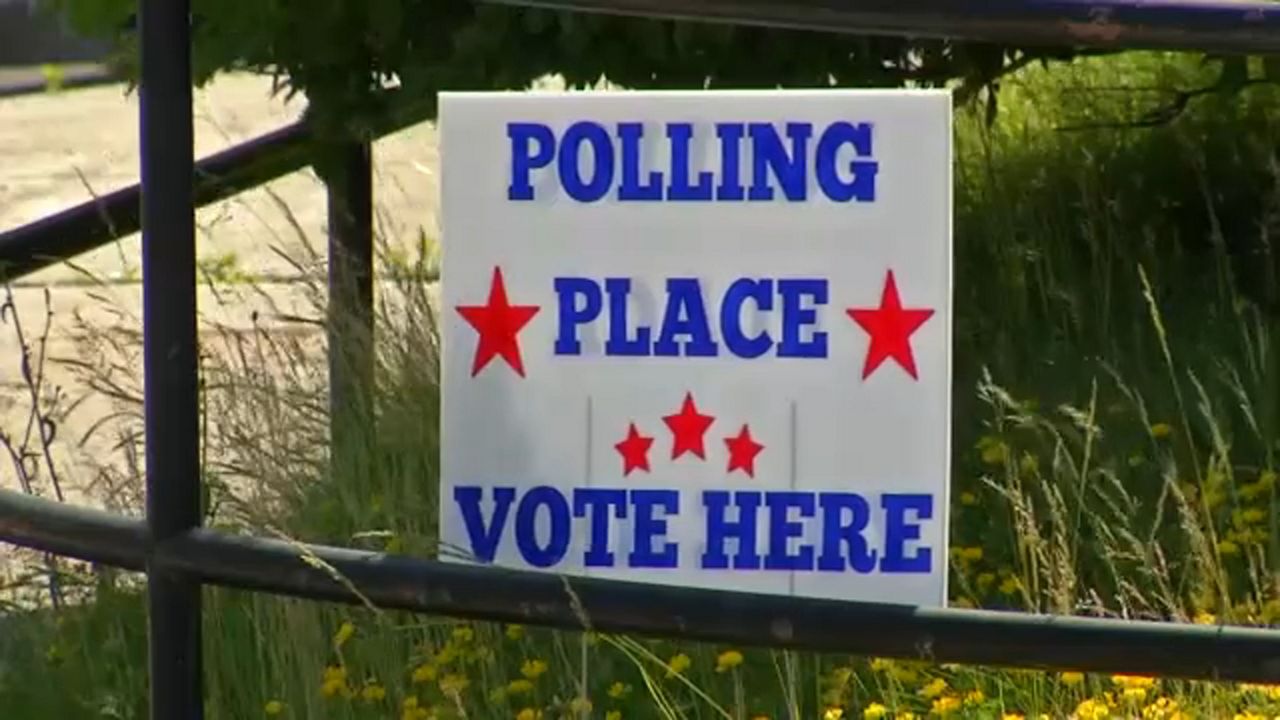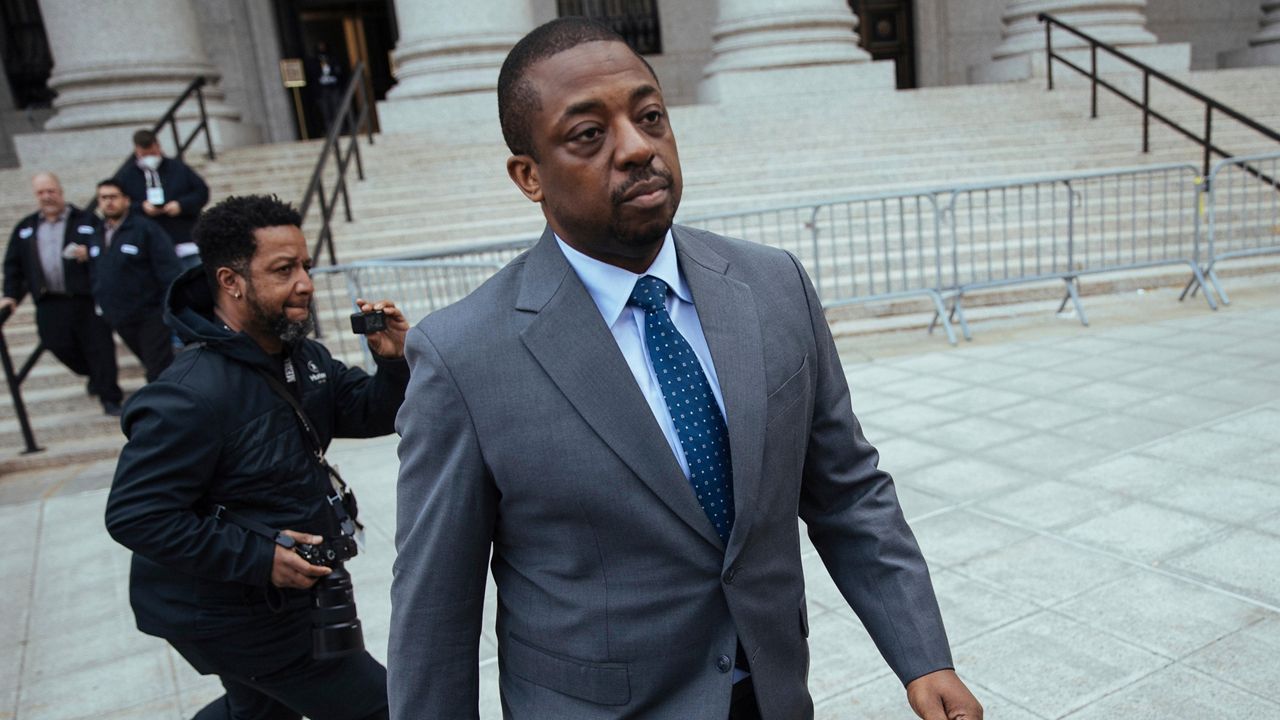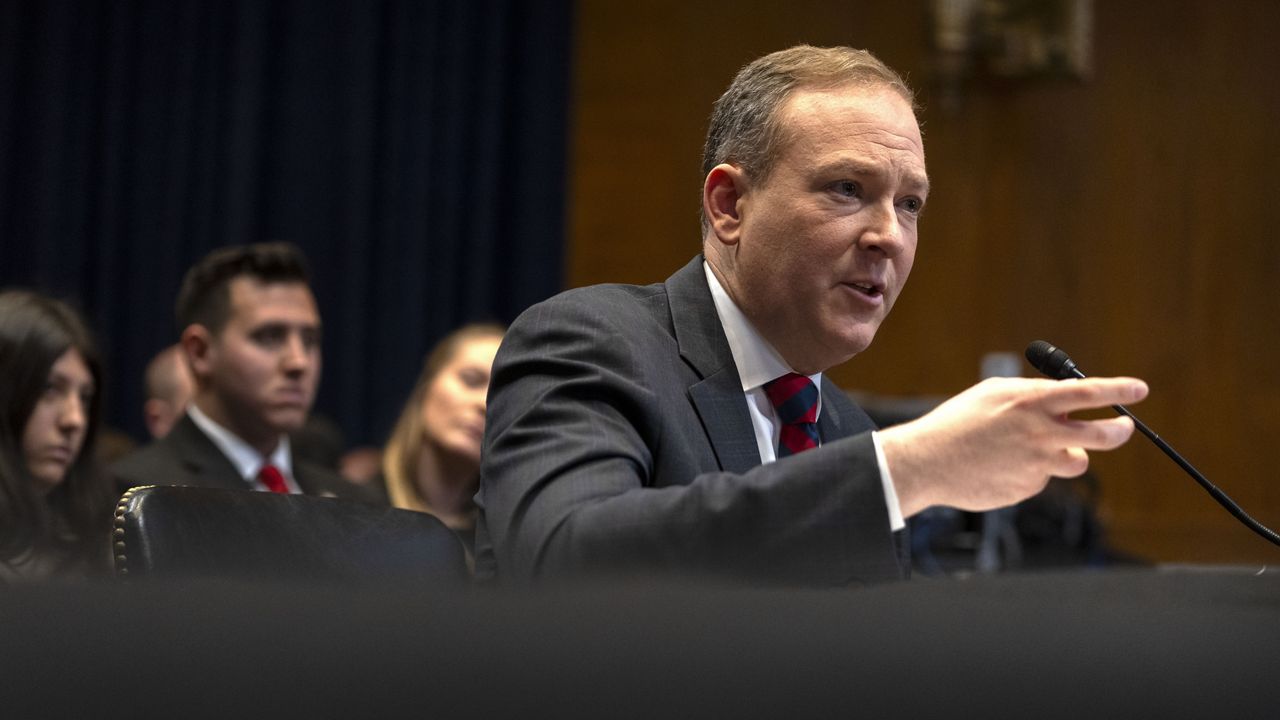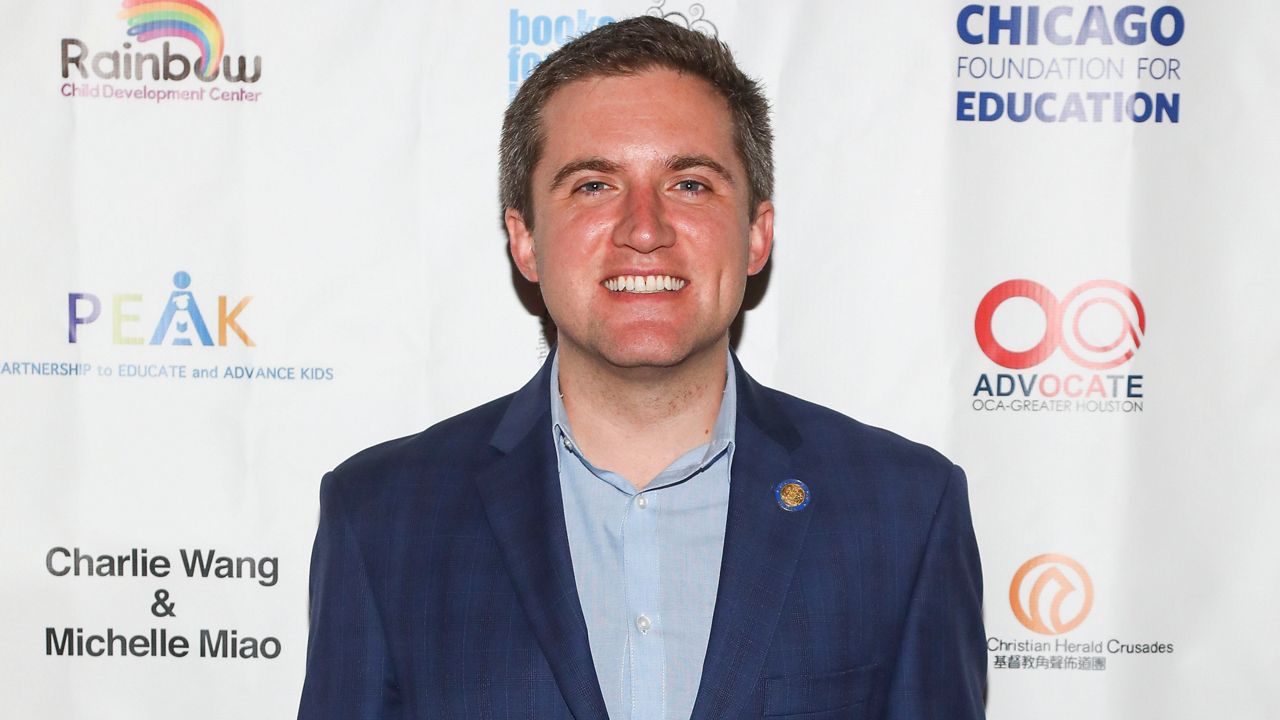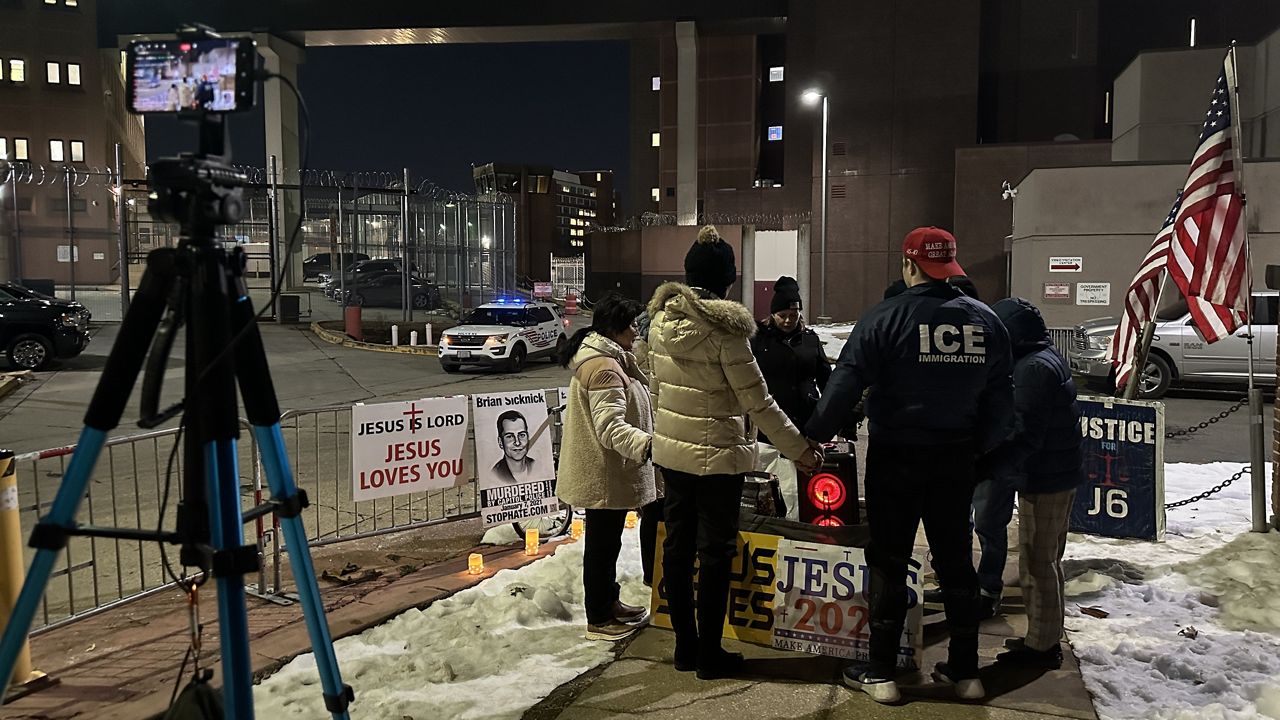Voters across New York will head to the polls today for the final day of voting in a handful of key party primary races that could determine the course of cities ravaged by the COVID-19 pandemic, an uncertain economic future following the crisis and rising crime.
The races are local elections, and while they often yield lower turnout in an odd-numbered year when state and federal issues largely give way to community concerns, voters have arguably just as much at stake.
- Watch live coverage of primary night and results beginning at 10 p.m. on Spectrum News and the Spectrum News app.
- See your ballot here.
Voters will determine nominees for mayors in New York City, Buffalo, Rochester, Syracuse and Albany — all closely watched races, as well as races for city council and other key community elected offices.
Here are four things to watch for on primary day in New York.
1. Turnout.
Have New York voters built up the muscle memory to cast ballots in June? We're about to find out. Primary elections have traditionally been held in September, but that changed after a federal law governing access to military and overseas ballots, and a subsequent court order, followed by a change in leadership in the state Senate, moved the vote to June. These are closed party elections -- only those enrolled in a party can cast ballots. And voters are once again able to vote days in advance through two weekends of early voting for the third year in a row.
2. What's motivating voters?
National issues won't be sending voters to the polls. But there are common threads facing communities across the state.
New Yorkers are emerging into a new world of a post-pandemic future. Prices are rising and businesses are scrambling to fill jobs by boost pay. Cities found their strengths during the pandemic -- a dense population, cultural destinations to gather in public -- all became liabilities. Those spaces, as well as businesses and offices, are slowly reopening as more people are vaccinated. Schools will be expected to fully reopen in the fall, and students who fell behind with the less-than-ideal world of remote learning will need to catch up.
A year ago, cities across the country and in New York turned into the sites of demonstrations and protests over police brutality and racial inequity following the killing of George Floyd, with demands for a curbing of police brutality and racial justice. Those demonstrations are now being squared with rising crime, including a sharp increase in shootings in some communities, in New York.
Cities face inflection points on multiple fronts this year, ranging from how their economies will change and face fundamental questions surrounding fairness for their residents.
3. Will the incumbents hang on?
In upstate New York, incumbent mayors are facing challenges this year that could take their communities in new directions or re-affirm their policies. In Buffalo, Mayor Byron Brown wants to hold onto the office he's held for more than a decade, facing India Walton and Le'Candice Durham. In Rochester, embattled incumbent Lovely Warren is squaring off against Malik Evans. In Albany, the Rev. Valerie Faust faces Mayor Kathy Sheehan, who is seeking a third term.
In Syracuse, Mayor Ben Walsh, an independent seeking a second term, is the only non-Democratic incumbent of the major upstate cities. Republicans Janet Burman is facing off against Thomas Babilon in the GOP primary. City councilors Khalid Bey and Michael Greene are competing for the Democratic nod.
4. New York, New York.
New York City is the engine of the state's economy, if not the national cultural and economic capital for the U.S. Term-limited Mayor Bill de Blasio is leaving, and a host of Democratic challengers are vying for the nomination. The winner almost certainly will take the keys to Gracie Mansion as the city faces a generational challenge of forging ahead after the pandemic devastated the tourism and hospitality industry, many of the jobs lost held by workers of color.
Transportation and transit, taxes and affordability, public safety and policing, the future of learning -- all of the issues facing cities are magnified tenfold for New York City. Democratic voters have a range of candidates to choose from in a campaign that has gone to soap-operatic heights. It's a cliche to suggest the stakes are high for any vote, but it likely applies for whoever becomes the next mayor.
The added dash of uncertainty is ranked-choice voting, where voters can choose up to five candidates in ranked order of preference. It's likely a winner won't be known for weeks.
New York City has shown it can reinvent itself, constantly. The city's long history has seen its fair share of plagues, epidemics, strikes, terrorist attacks and economic privation, laying it low, only to emerge as the same, but different.



